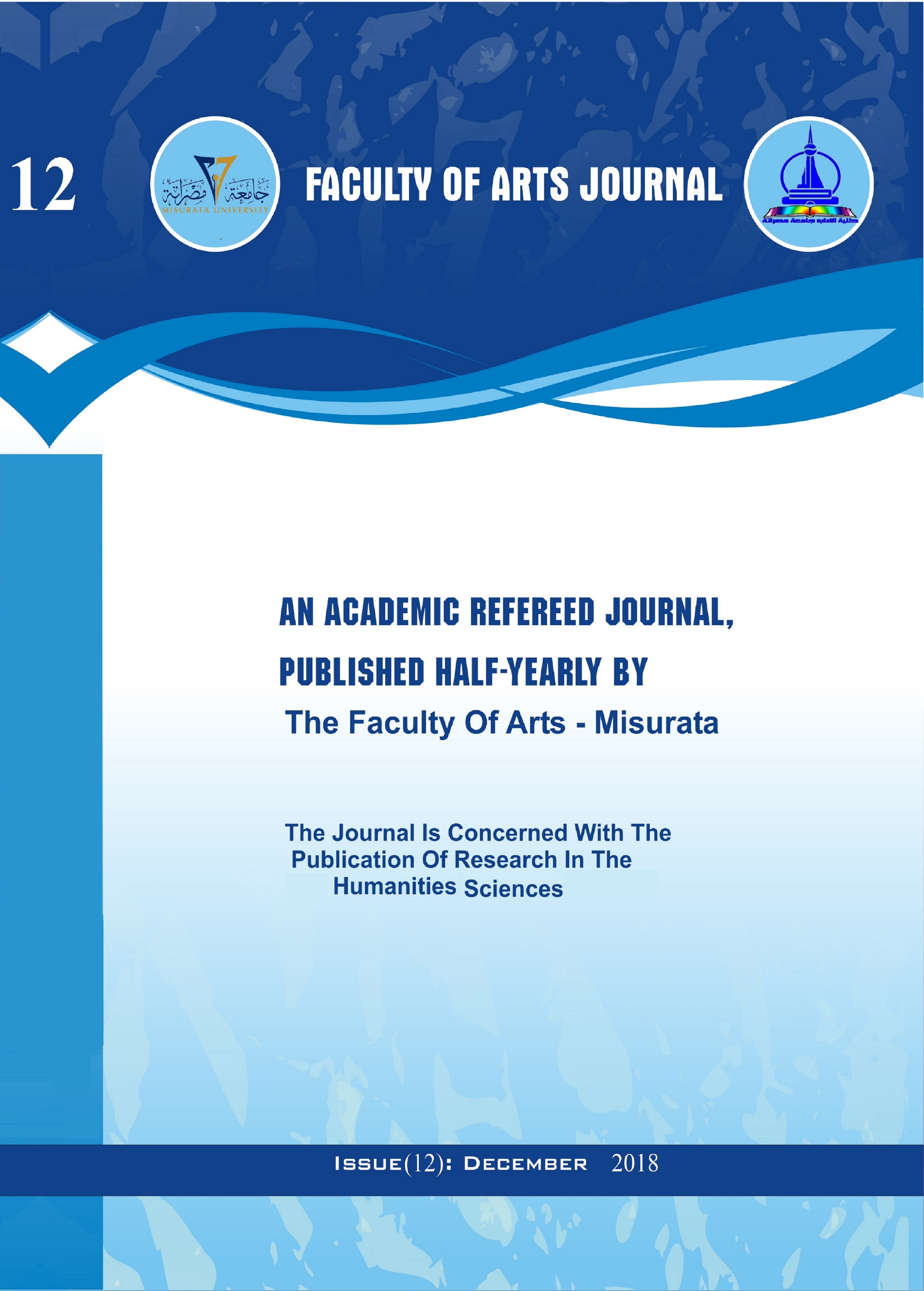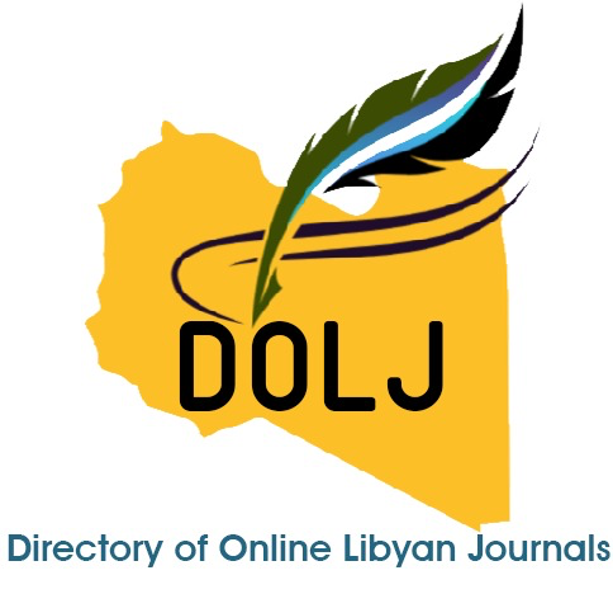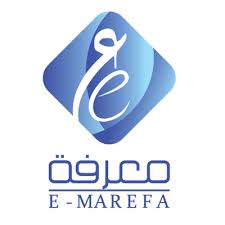Cross-Cultural Classroom Interaction between Native and Non-native Speakers of English
DOI:
https://doi.org/10.36602/faj.2018.n12.12Keywords:
Native Speakers, Non-Native Speakers, Classroom Interaction, Culturally Mixed Classrooms, Ethnographic ResearchAbstract
The purpose of this study was to investigate the interactional conversations between the native speakers (NSs) of English and the non-native speakers (NNSs) of English in a culturally mixed classroom. ESL learners need to be exposed to the second language through authentic and face to face interaction when they have opportunities to interact with NSs outside of the classroom (in real-life situations) and inside the classroom (through group work and pair work activities). Data were collected through conducting an ethnographic research in which classroom observation and semi-structured interviews were the primary data collection tools. Participants were eight MA students in the field of English Language Teaching (ELT) in Nottingham Trent University.
Results indicated that the participants need to improve cultural awareness and communication skills. In addition, NSs showed that they are willing to join a group work with NNSs as they can learn about other cultures, but in some cases, they find this tiring when the NNSs fail to participate due to certain factors. This might be due to language problems or little knowledge about the topic being discussed.
References
Adkins, P. G. (1969). Deficiency in comprehension in non-native speakers. TESOL Quarterly, 3(3), 197-201. DOI: https://doi.org/10.2307/3585828
Cook, V. (1999). Going beyond the native speaker in language teaching. TESOL Quarterly, 33(2), 185-210. DOI: https://doi.org/10.2307/3587717
Davies, A. (2003). The Native Speaker in Applied Linguistics. Edinburgh: Edinburgh University Press. DOI: https://doi.org/10.1002/9780470757000.ch17
Ellis, R. (1994). The Study of Second Language Acquisition. Oxford: Oxford University Press.
Fetterman, D. M. (1998). Ethnography: Step-by-Step. SAGE Publications.
Freiermuth, M. R. (2001). Native speakers or non-native speakers? Who has the floor? On-line and face-to-face interaction in culturally mixed small groups. Computer Assisted Language Learning, 14(2), 169-199. DOI: https://doi.org/10.1076/call.14.2.169.5780
FitzGerald, H. (2003). How Different Are We? Spoken Discourse in Intercultural Communication. Frankfurt Lodge. DOI: https://doi.org/10.21832/9781853596216
Grang, M. Cook, I. (2007). Doing Ethnographies. Rutledge. DOI: https://doi.org/10.4135/9781849208949
Hammersley, M. (1998). Reading Ethnographic Research: A critical Guide. Harlow: Longman.
Han, Z. (2004). 'To be a native speaker means tot to be a nonnative speaker'. Second Language Research, 20(2), 166-187. DOI: https://doi.org/10.1191/0267658304sr235oa
Harris, M. & Johnson, O. (2003). Cultural Anthropology. Pearson Education Ltd.
Kramsch, C. (1998). Language and Culture. Oxford: Oxford University Press.
Kramsch, C. (1998). 'The privilege of the intercultural speaker. In Byram, M. & Fleming, M. (eds.). Language Learning in Intercultural Perspective. Cambridge: Cambridge University Press.
Lightbown, P. & Spada, N. (2006). How Languages are Learned. Oxford: Oxford University Press.
Long, M. H. & Porter, P. A. (1985). Group work, interlanguage talk, and second language acquisition. TESOL Quarterly, 19(2), 207-228. DOI: https://doi.org/10.2307/3586827
Luk, J. C. & Lin, A. M. Y. (2007). Classroom Interactions as Cross-Cultural Encounters. Native Speakers in EFL Lessons. New Jersey. DOI: https://doi.org/10.2167/lcc016b.0
Mori, J. (2002). Task design, plan, and development of task-in-interaction: an analysis of a small group activity in a Japanese language classroom. Applied Linguistics. 23(3), 323-347. DOI: https://doi.org/10.1093/applin/23.3.323
Nakane, I. (2006). Silence and politeness in intercultural communication in university seminars. Journal of Pragmatics, 38, 1811-1835. DOI: https://doi.org/10.1016/j.pragma.2006.01.005
Newby, P. (2010). Research Methods for Education. Harlow: Pearson Education Limited.
Pole, C. & Morrison, M. (2003). Ethnography for Education. Berkshire: Open University Press.
Samovar, L. A. & Porter R. E. (2004). Communication between Cultures. Thomson Learning Academic Resource Centre, USA.
Su, Y. (2008). Promoting cross-cultural awareness and understanding: incorporating ethnographic interviews in college EFL classes in Taiwan. Educational Studies, 34(4), 377-398. DOI: https://doi.org/10.1080/03055690802257150
Summers, M. & Volet, S. (2008). Students attitudes towards culturally mixed groups on international campuses: impact of participation in diverse and non-diverse groups. Studies in Higher Education, 33(4), 357-370. DOI: https://doi.org/10.1080/03075070802211430
Downloads
Published
How to Cite
Issue
Section
License
Copyright (c) 2018 حنان

This work is licensed under a Creative Commons Attribution 4.0 International License.
All works published in this journal are licensed under the Creative Commons Attribution 4.0 International License (CC BY 4.0), which permits use, sharing, adaptation, and redistribution for any purpose, including commercial ones, provided that proper credit is given to the original author and source, a link to the license is provided, and any changes made are indicated.

















